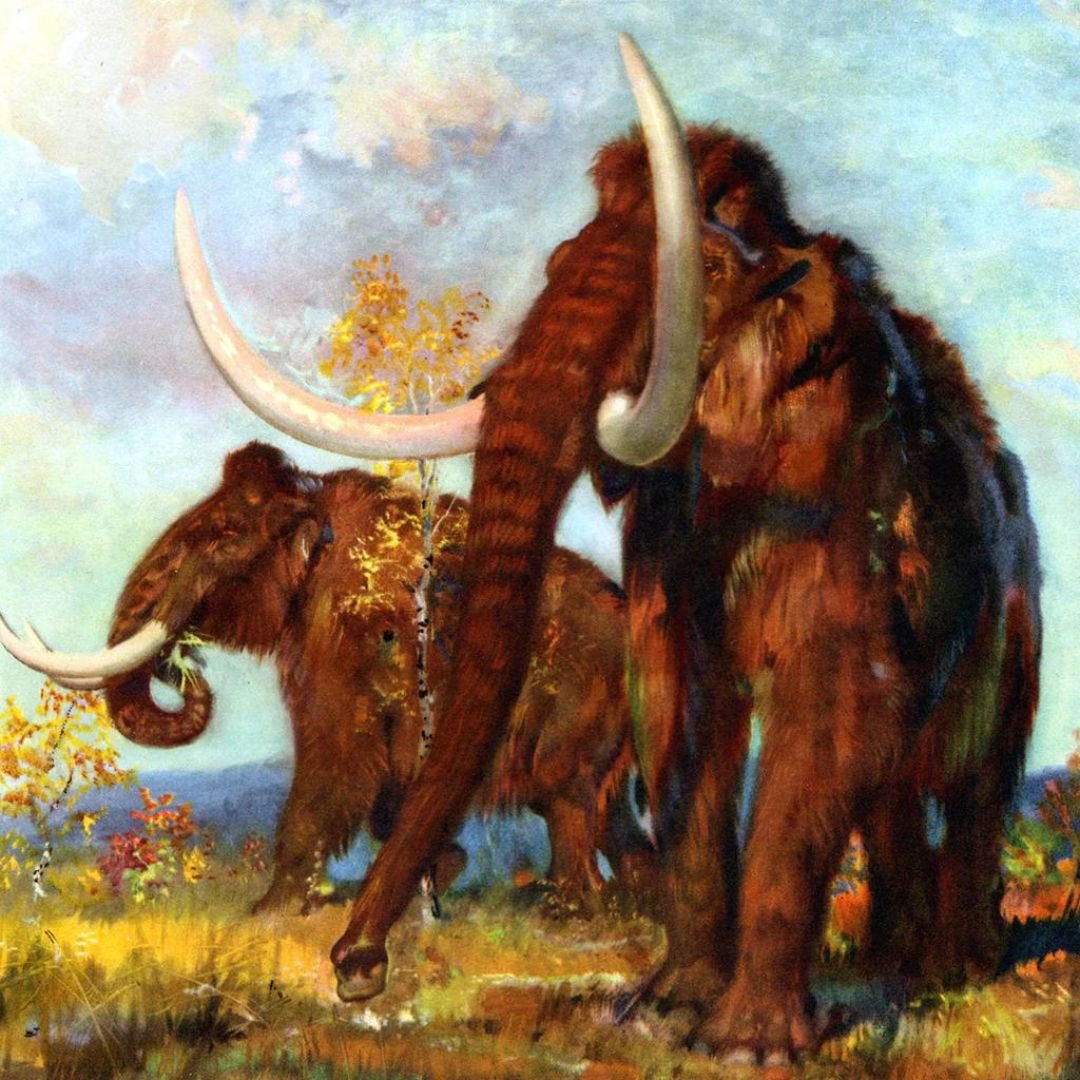In 1999, fishermen off the coast of the Netherlands made a remarkable accidental discovery at the bottom of the North Sea: a mammoth skull. This astonishing find would unveil a connection to a world long lost to the waves and provide insight into the ancient ecosystems that once thrived in the region.
The Discovery of Millie
By the year 2000, this ancient relic was fully excavated and affectionately named “Millie.” The original skull was found in 27 shattered fragments, which specialists meticulously reassembled, resulting in about 90% of the skull being composed of original fossil material. This extraordinary preservation of Millie’s skull offers a rare glimpse into the life of one of the Earth’s largest mammals.

Life in Doggerland
Millie lived tens of thousands of years ago, wandering through Doggerland—a vast expanse of land that is now submerged beneath the North Sea. During its heyday, approximately 10,000 years ago, much of Doggerland was above sea level, creating a land bridge that connected Britain to mainland Europe. At that time, the River Thames served as a tributary of the Rhine, which flowed through what is now the English Channel. This interconnected landscape was crucial for both human and animal migration.
However, rising sea levels ultimately submerged Doggerland around 8,500 years ago, sealing its secrets beneath the waves. This gradual flooding transformed the geography of northern Europe and drastically altered the ecosystems and human settlements that existed there.
A Treasure Trove of Archaeological Finds
The North Sea has revealed numerous archaeological treasures, including antlers, prehistoric arrowheads, tools, fossilized forests, human bones, and even complete mammoth skeletons. These discoveries offer invaluable insights into the prehistoric ecosystems and human activity in the region, painting a vivid picture of life before the sea reclaimed the land. The artifacts unearthed from the depths of the North Sea highlight the rich cultural and natural history of Doggerland and its inhabitants.
Millie’s Legacy at the Museum
Today, Millie’s impressive skull is housed in the Celtic and Prehistoric Museum, located along the Slea Head Route in Kilvicadownig, Ventry, Ireland. The museum not only showcases Millie but also features a range of artifacts that help illustrate the cultural and environmental history of the area. Millie continues to captivate visitors, serving as a poignant reminder of the ancient world that once thrived where the sea now reigns.
Conclusion
The story of Millie the Mammoth extends far beyond her remarkable skull. It serves as a testament to the rich history of Doggerland and the prehistoric life that inhabited it. As ongoing research and discoveries continue to emerge from the depths of the North Sea, Millie stands as a powerful symbol of our connection to the past and the enduring legacy of the natural world. This magnificent mammoth not only enriches our understanding of ancient ecosystems but also inspires us to explore and preserve our historical heritage.



